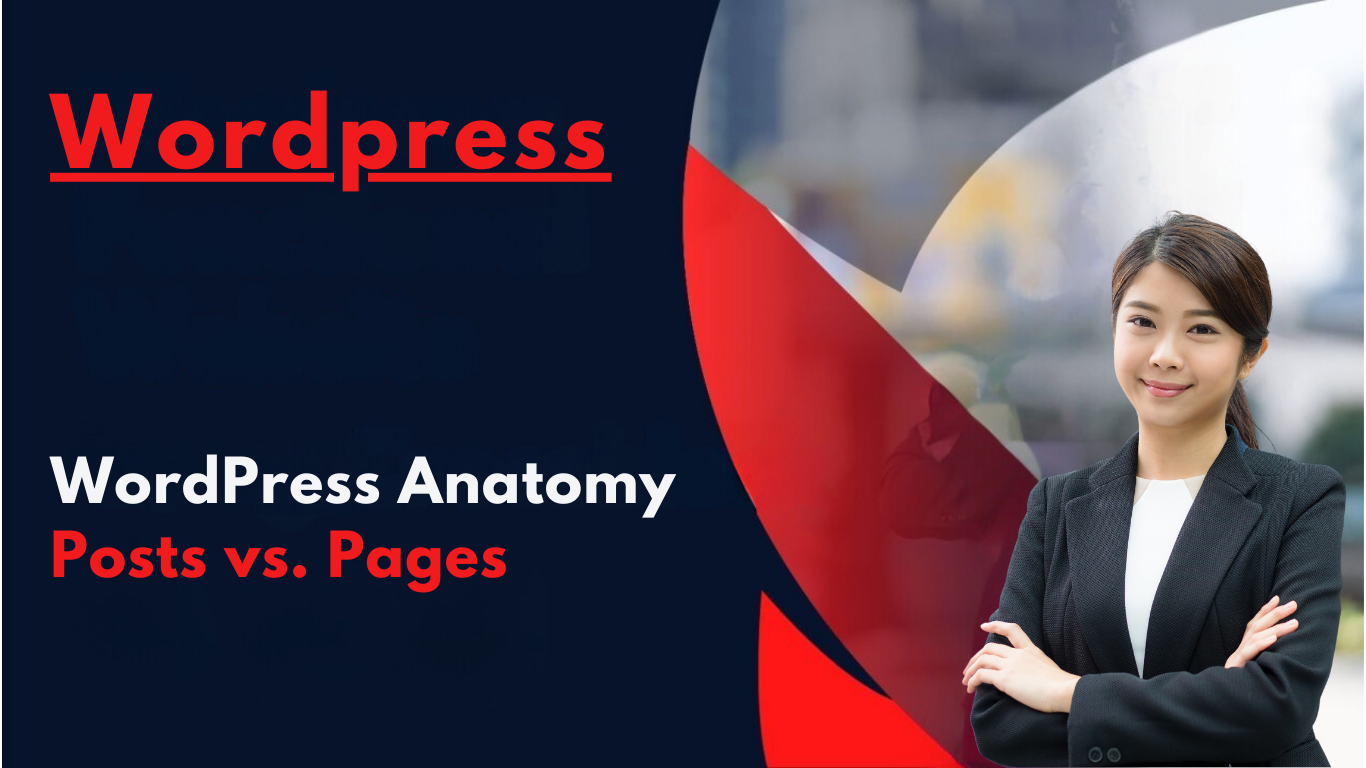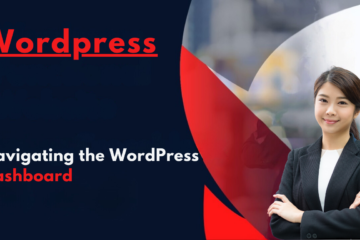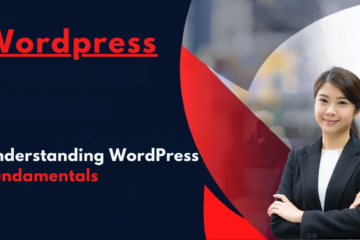When creating and managing a WordPress website, it’s important to know the difference between posts and pages. This small difference is important for organizing and presenting content effectively to improve user experience and ensure a smooth flow of information.
Just like a well-structured book, where journal entries are separate from the static chapters, WordPress provides these two content types to help you maintain a logical and intuitive website architecture.
To put it simply, posts are like entries in a journal, chronicling your thoughts, updates, and time-sensitive information in a reverse chronological order. Pages, on the other hand, are akin to the static sections of a book, housing timeless and evergreen content that serves as the foundation of your website.
Posts:
The Dynamic Storytellers Posts are the heartbeat of your WordPress website, allowing you to share your ideas, insights, and engaging content with your audience. Here are some key characteristics that define posts:
- Date-Based: Each post is associated with a specific publication date, making it easy to track and organize your content chronologically.
- Reverse Chronological Order: By default, your latest posts are displayed first, ensuring that your audience stays up-to-date with your most recent content.
- Encourage Comments: Posts are designed to foster engagement and discussion, with built-in commenting functionality that allows your readers to share their thoughts and perspectives.
- Categories and Tags: WordPress provides powerful organizational tools in the form of categories and tags, enabling you to group related posts together and making it easier for your audience to navigate and discover relevant content.
Common uses for posts include:
- Blog articles
- News updates
- Product announcements
- Time-sensitive content (e.g., event recaps, seasonal promotions)
Pages:
The Timeless Foundations In contrast to the dynamic nature of posts, pages are the static pillars that provide structure and context to your website. Pages are designed to house evergreen content that remains relevant over time. Here are some key characteristics of pages:
- Hierarchical Structure: Pages can exist in a parent-child relationship, allowing you to create organized hierarchies and subpages for better content organization.
- Timeless Content: Unlike posts, pages are not associated with a specific publication date, making them ideal for content that remains relevant indefinitely.
- Excluded from Main Blog Feed: By default, pages are not included in your main blog feed, as they serve a different purpose from your regularly updated content.
Common uses for pages include:
- About page
- Contact page
- Services or product pages
- Legal pages (Privacy Policy, Terms of Service)
- Static information (e.g., company history, team bios)
Conclusion:
Mastering the distinction between posts and pages is a crucial step in creating a well-organized and user-friendly WordPress website. Posts are your dynamic storytellers, allowing you to share timely updates, engage with your audience through comments, and leverage powerful organizational tools like categories and tags. In contrast, pages serve as the timeless foundations of your website, providing structured and evergreen content that gives context and depth to your online presence.


